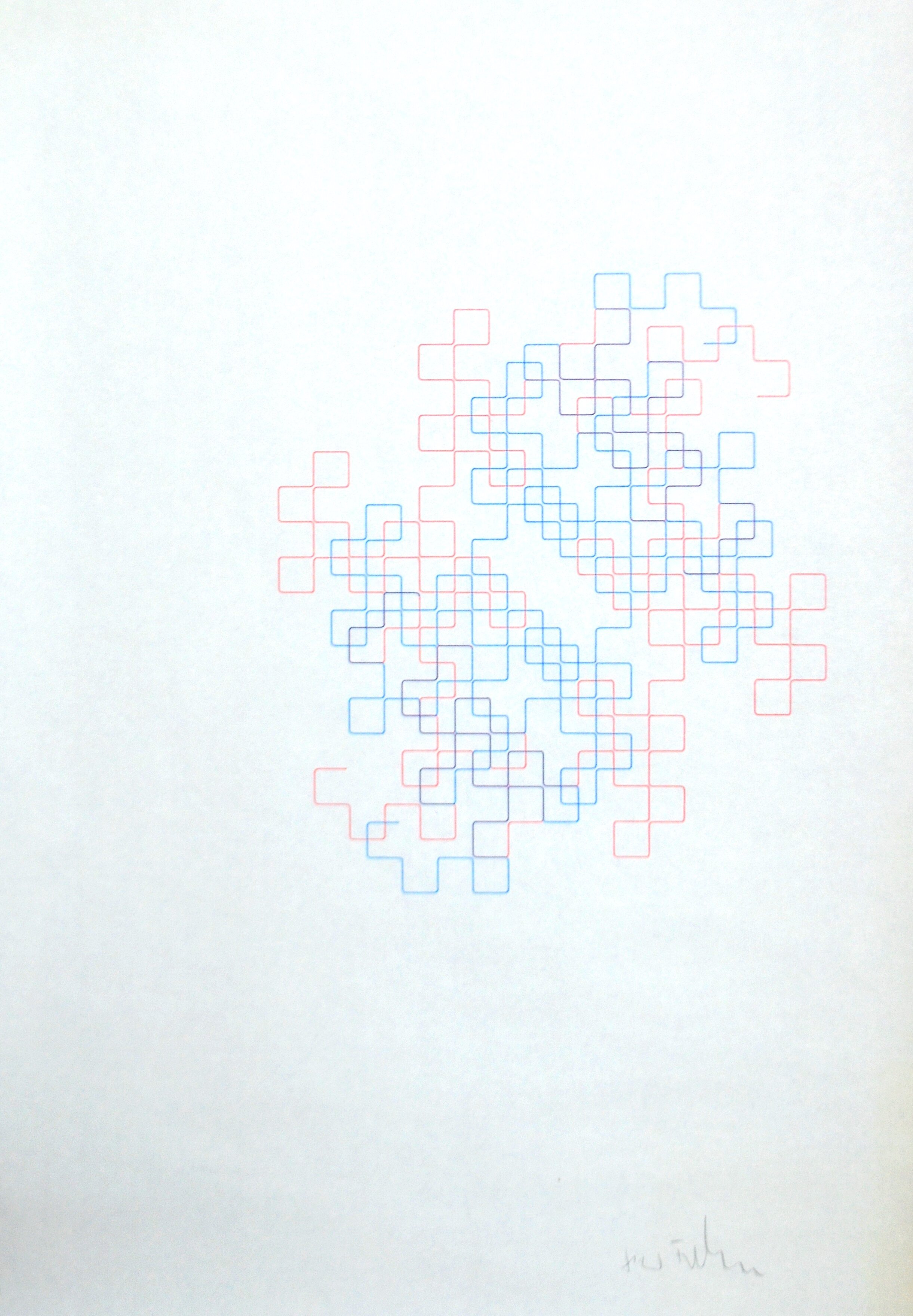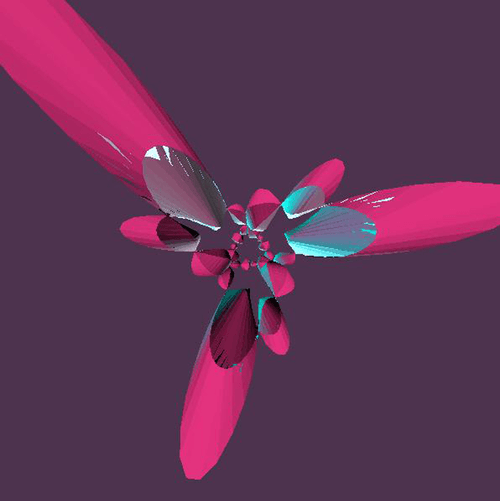
HERBERT W. FRANKE
Herbert Werner Franke, born in Vienna on May 14, 1927, studied Physics and Philosophy there. In 1951 he received his Doctorate in Theoretical Physics. Today Franke is known as the most important post-war German-language writer in the genre of science fiction. Franke is also recognised worldwide as a pioneer of algorithmic art. His intellectual work is based equally on the rationality of the researcher and the creativity of the artist. He is particularly interested in creating aesthetically interesting structures with the help of computer programs. In addition to creating works of art, Franke has also been intensively involved in questions of rational aesthetics. In his "Rational Theory of Art," published as early as the mid-1960s, he described the perception of art as a construct that can be grasped with the help of information theory.
Analog
Art On-Chain
Articles

Exhibitions


















